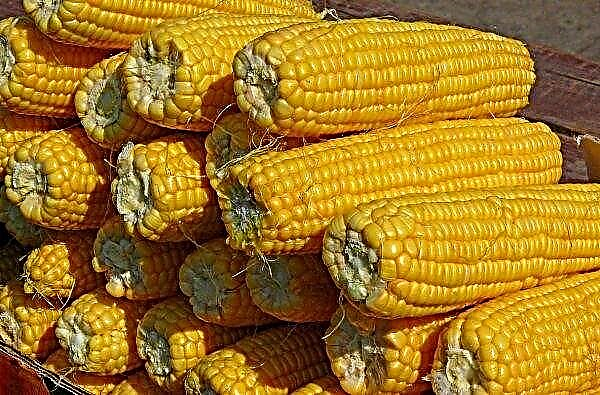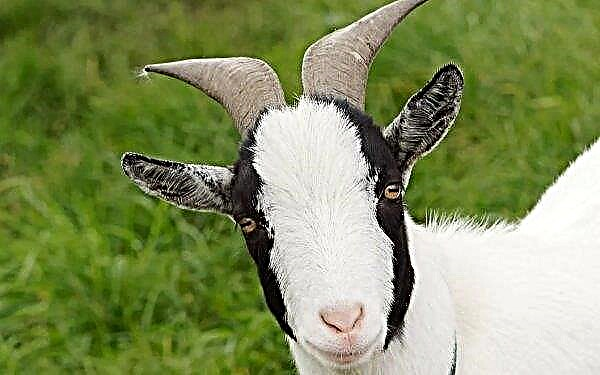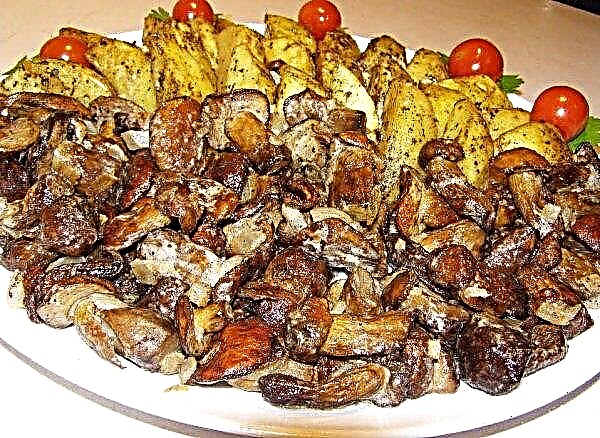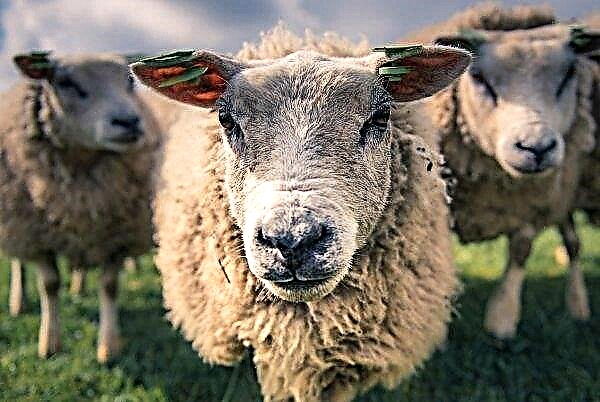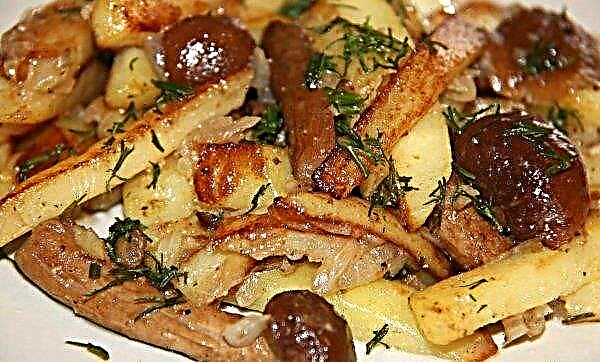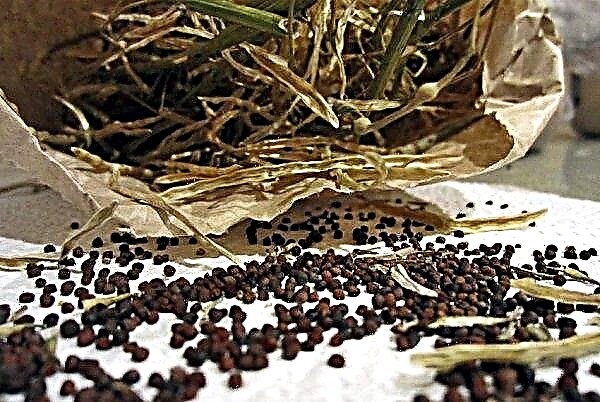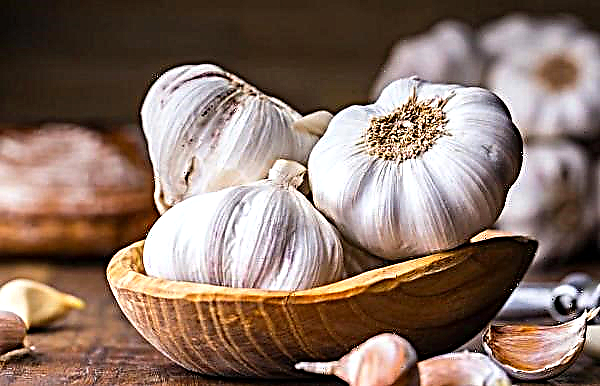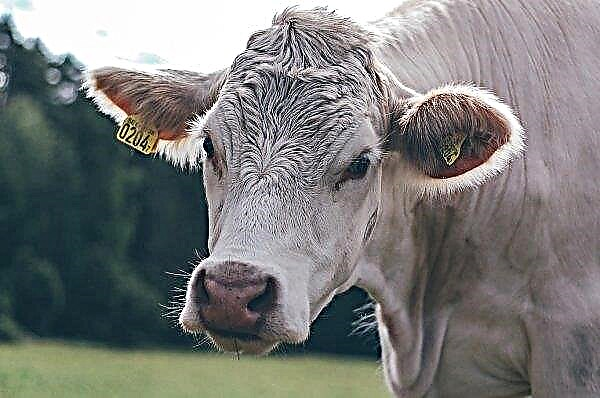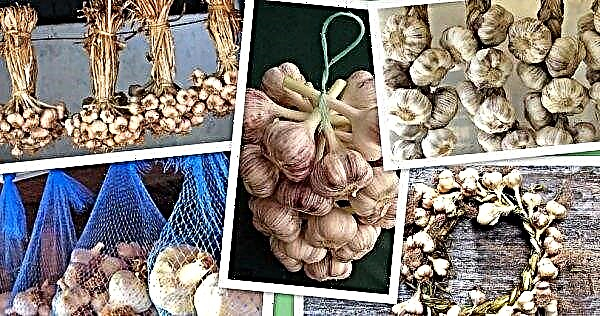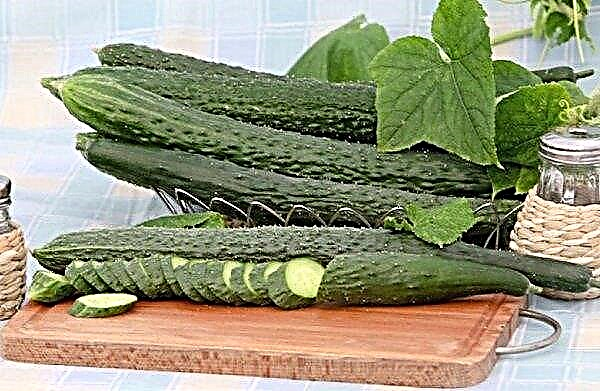The number of small tea producers in Assam is 130 thousand, of the total approximate amount of 250 thousand in all of India.
Small tea makers (STGs) in Assam believe that after the blockage due to the COVID pandemic, they will begin to lose about $ 65 million.
Assam tea is recognizable by its floral-spicy aroma with a honey touch. The variety is strong reddish in color, received its name from the state, which is located in the foothills of the Eastern Himalayas in India.
About 49% of the tea produced in Assam is made from the leaves of green tea from small plantations. Assam is the largest tea producer in India, accounting for 52% of tea in India.
Assam General Secretary of the Association of Small Tea Producers (AASTGA) and Confederation of Indian Small Tea Manufacturers Associations (CISTA) Karuna Mahanta said: “After the start of quarantine on March 24, the tea sector suffered huge losses”.
He added: “While the state government allowed the resumption of tea activities on April 11, we saw that there was practically no crop of tea plants in our gardens, and we had to deal with a pass (removal of overgrown tea leaves)”.
Mahantha said: “The loss of production, in addition to attracting labor, means enormous costs to us. Due to the COVID crisis, small tea producers have suffered losses of about $ 65 million. ”.
He added that producers were looking for subsidized fertilizers and potash fertilizers at the Center. “Small producers are a vital part of Assam’s economy, and the socio-economic situation is heavily dependent on tea. Nearly 15 million families are dependent on tea cultivation. At this hour of crisis, the government must help us. ”.
- In 2019, Russian tea growers collected about 300 tons of green tea leaf, which is 40% less than in 2018 by the Ministry of Agriculture and Processing Industry of the Krasnodar Territory this was explained by the bad weather conditions that were observed in the growing region.
- In the city of Sochi, the joint work of Russian scientists and their colleagues from the People's Republic of China began. The best minds of the genetic selection of both states work in one direction - they analyze the DNA of tea leaves and their genomes, which determine the qualitative characteristics of the culture.
- The Center approved an additional cost of $ 9.82 for the Cotton Corporation of India and $ 13.96 for the Marketing Federation of Cooperative Cotton Producers of Maharashtra to recover losses from the sale of cotton purchased during the cotton years 2014–2015 and 2015–2016.

